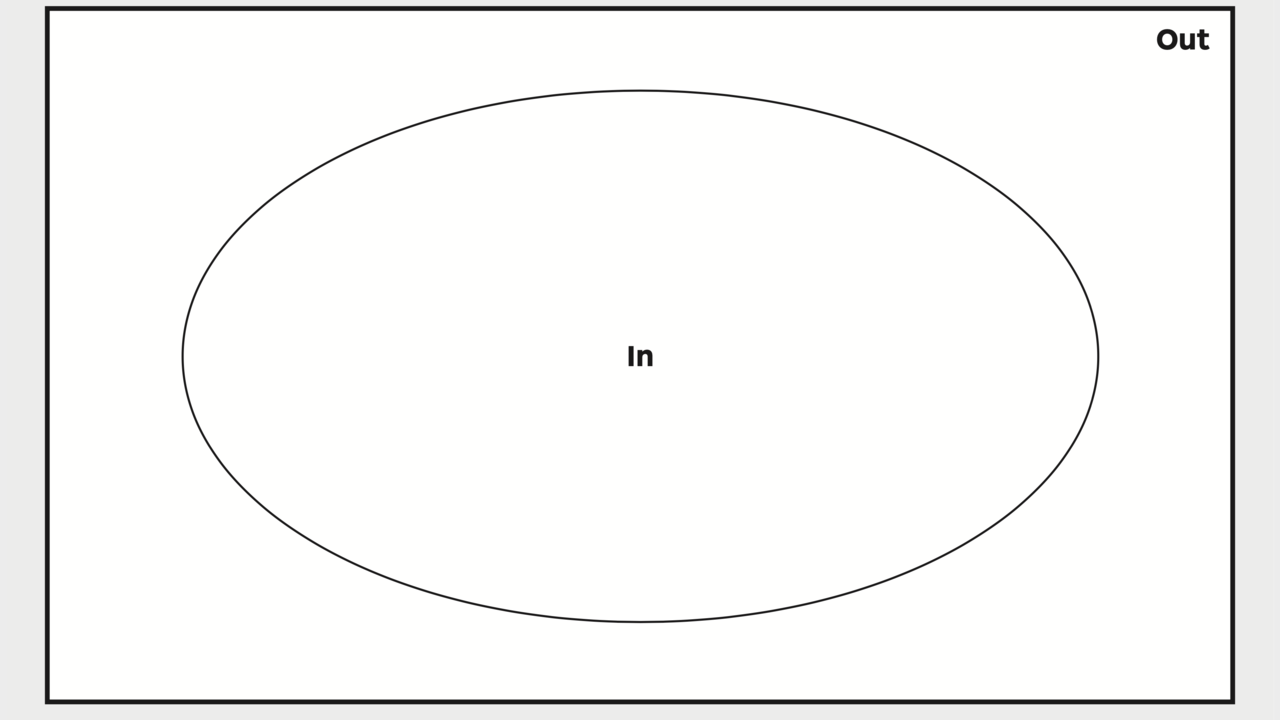High-Performance Teamwork: The Key Role of Psychological Safety
Nov 02, 2020
By Stefano Mastrogiacomo
Can a team of talented individuals, suspicious of one another, collaborate effectively, solve intricate problems, and innovate? Unequivocally, no.
When team members guard against embarrassment or other threats by remaining silent, it stifles collective learning, resulting in subpar performance and innovation failure.
Understanding Psychological Safety: The Foundation of High-Performing Teams
For effective collaboration and innovation, team members must feel empowered to communicate openly without fear of judgment or reprisal—this concept is termed "psychological safety."
In essence, psychological safety is a form of trust: "The belief that the team is a safe space for interpersonal risk-taking, without fear of punishment or humiliation for expressing ideas, questions, concerns, or admitting mistakes."
This concept was pioneered by Amy Edmonson, Professor of Leadership and Management at Harvard Business School, in her seminal paper, Psychological Safety and Learning Behavior in Work Teams.
When the climate is psychological safe, team members are not afraid to speak up, they engage in a productive dialogue that fosters the proactive learning behaviors required to understand the environment, the clients and solve problems together effectively. In the face of uncertainty, psychologically safe teams enter a performance spiral, where mistakes are viewed as opportunities for experimentation and learning, rather than failures. It is not about merely being pleasant to one another or lowering performance standards, but about fostering a culture of openness, where teammates can share learnings, be direct, admit mistakes, take risks, and seek help when overwhelmed.
In a VUCA (volatility, uncertainty, complexity, and ambiguity) world, creating and maintaining a psychologically safe climate is a managerial imperative for global competitiveness.
Elevate Psychological Safety in Your Teams with the Team Contract

The Team Contract is a straightforward tool that assists teams in negotiating and establishing team behaviors and rules, either generally or for a specific project. Rapid Team Contract sessions enhance psychological safety and minimize potential conflicts by:
- Clarifying acceptable and unacceptable behaviors, making team values explicit.
- Establishing a harmonious working culture.
- Implementing legitimate measures for non-compliance.
- Preventing feelings of inequity and injustice within the team.
The Team Contract (is a poster that) features two guiding questions to help participants define acceptable (IN) and unacceptable (OUT) behaviors:
- What are the rules and behaviors we want to adhere to as a team?
- Do we, as individuals, have preferences for working in a particular way?
This includes topics such as team behaviors and values, decision-making rules, how to coordinate and communicate, and frame expectations in case of failure.

What’s typically IN (i.e the behaviors the team wants to commit to) and OUT (i.e the behaviors the team wants to avoid)
Using the Team Contract
Assemble all team members or the key stakeholders for a project, and display the Team Contract poster on a wall.
- Frame: Announce the team name, or the project name and period.
- Prepare: individually: Ask each team member to respond to the two guiding questions, considering potential INs and OUTs (5 min).
- Share: Allow each participant 3 minutes to present and share their answers on the poster.
- Consolidate as a team: Facilitate a team discussion to react, adapt, and consolidate all content (approx. 20 min).
- Validate: Conclude the meeting when participants mutually agree on the Team Contract.
A Great Team Alignment Map (TAM) Companion

While the TAM aligns everyone's contributions regularly and necessitates frequent updates as work progresses, the Team Contract establishes agreements for the entire collaboration period. Team Contracts are typically created at the start of projects, when forming new teams, when new talents join existing teams, or when radical changes necessitate a reboot of the team's operating mode.
Take Action
Get your copy of Book - High-Impact Tools for Teams, Wiley, Strategyzer Series, 2021.
Download the Team Alignment Toolkit for free.
Credits
Illustrations by Severine Assous. Illustrissimo.fr

